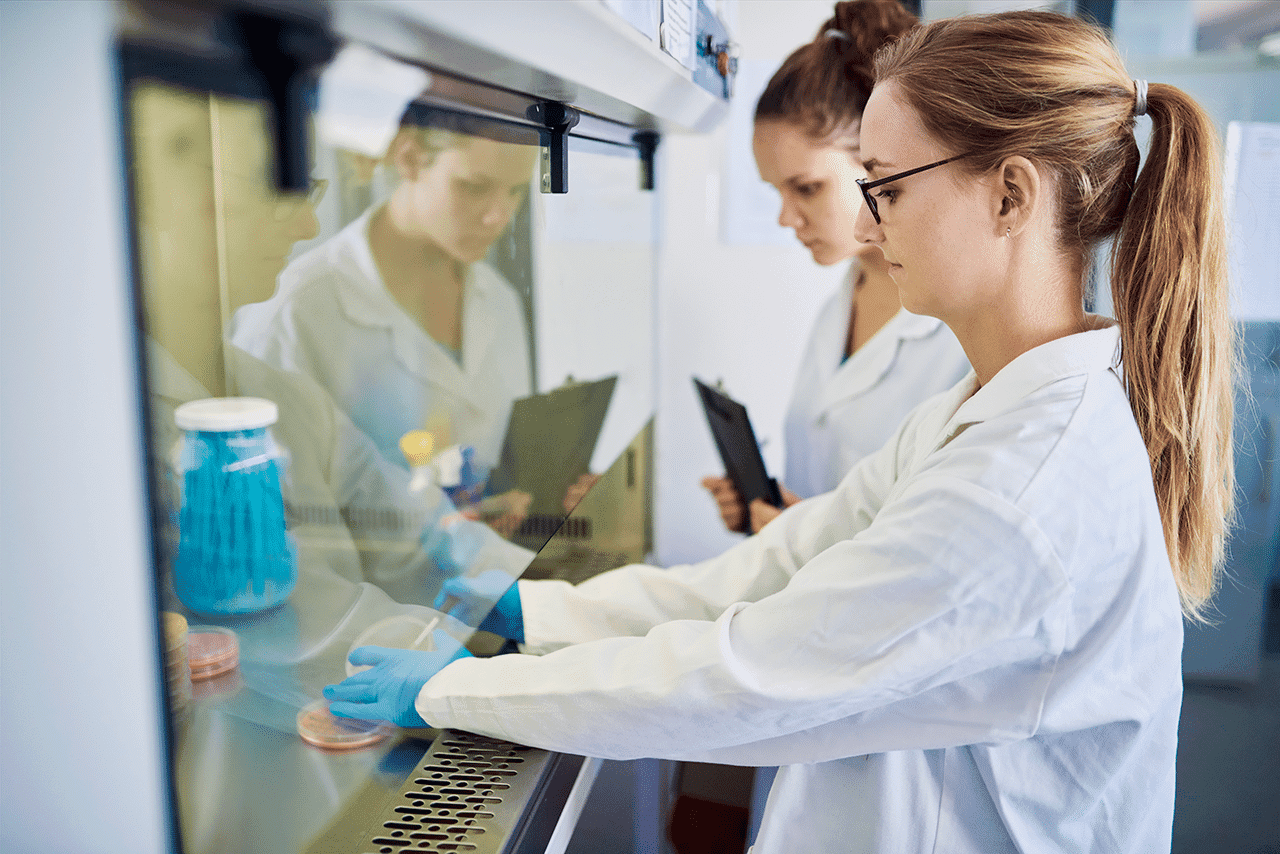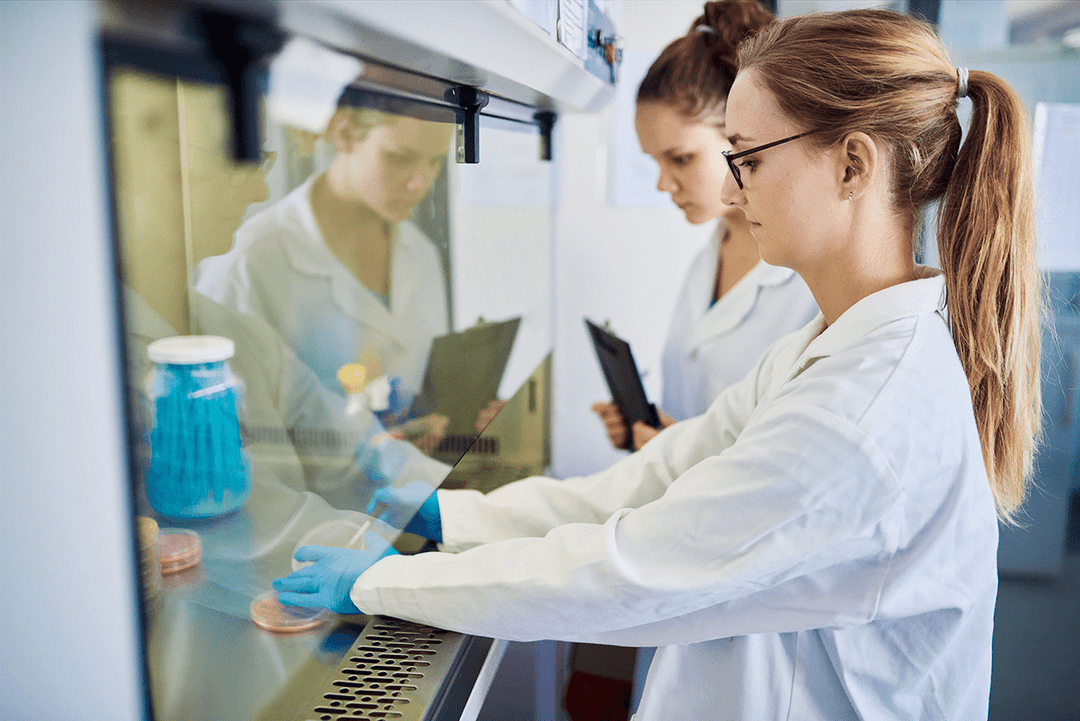

Beginners guide to buying and validating biosafety cabinets
Beginners guide to buying and validating biosafety cabinets
Purchasing
Firstly, it is important to make sure you are purchasing the right class of cabinet for your facility. Identifying the risks, hazards, and substances to be used in the cabinet will help in this decision.
- Class 1 biosafety cabinets provide personnel and environmental protection but no product protection.
- Class 2 biosafety cabinets protect personnel, the environment, and the product, as well as providing protection from cross-contamination.
- Class 3 biosafety cabinets are totally enclosed and designed for handling high risk biological agents. Filtered air is supplied and the exhaust air is treated so there are no micro-organisms released.
Once you have decided on a class of cabinet then it is important that the chosen cabinet conforms to the standards set in your country. In the UK BS EN12469 for class 2 bio safety cabinets for example, it is recommended that you have;
- Double in-line filters fitted so each can be tested
- H14 or higher filters
- Access ports to allow the whole filter/s, seals and gaskets to be tested
- The front aperture to be 160-250mm
- The bio sfaety cabinet should be marked to the relevant standard
Other factors to consider are the materials used in construction, the environment the cabinet will be placed in, performance expectations, and any other special requirements that are unique to your facility.
Cabinet location
The location of your safety cabinet within your facility is important as movement around it could affect the airflow into it. In the UK we have standard BS 5726 which sets out the location and minimum distances from items in a lab that could disturb work done in a safety cabinet. A few examples are:
- Distance from safety cabinet to traffic routes: 1m
- Space between a safety cabinet and work bench opposite: 1.5m
- Distance from aperture to opposing wall: 2m
- Distance when two cabinets are opposite each other: 3m
- Spacing to avoid disturbances in relation to door openings: 1.5m behind cabinet, 1m adjacent to cabinet
Biosafety cabinet tests required
On top of general maintenance your bio safety cabinet needs to be regularly tested to ensure it is still running safely and effectively.
For the protection of the test engineer the bio safety cabinet should be thoroughly decontaminated before having the following tests performed:
- Airflow Testing – the direction of airflow should be proved with smoke visualisation with all points showing an inward airflow and the air velocity and volume calculated.
- HEPA Filter Testing – an aerosol generator is used to find any damage to the filters
- KI Discus Test – this tests how well the cabinet is containing any biohazard by dispersing particles inside the cabinet and measure the number of particles that escape the biosafety cabinets air curtain.
- Particle Count – in some cases a particle count is necessary but is not a requirement. If a particle count is needed it must be done before a KI Discus test.
Frequency of Testing
Biosafety cabinets should be tested at the least annually and whenever filters are changed and if there is maintenance done to internal parts. Our customers largely use Class 2 bio safety cabinets and prefer to have these tested every 6 months.